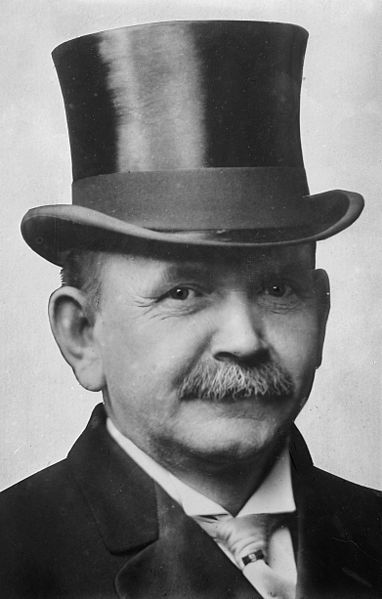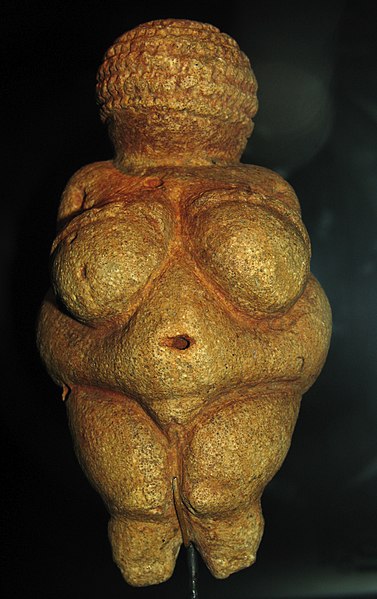A top hat is a tall, flat-crowned hat traditionally associated with formal wear in Western dress codes, meaning white tie, morning dress, or frock coat. Traditionally made of black silk or sometimes grey, the top hat emerged in Western fashion by the end of the 18th century. Although it declined by the time of the counterculture of the 1960s, it remains a formal fashion accessory. A collapsible variant of a top hat, developed in the 19th century, is known as an opera hat.
ca. 1910 top hat by Alfred Bertiel
European royalty ca. 1859
Austin Lane Crothers, 46th Governor of Maryland (1908–1912), wearing a top hat
Self portrait (ca. 1770) of Peter Falconet (1741–1791). One of the earliest depicted prototypes of what became the top hat. In early prototypes, a sash around the crown was closed by a buckle. This was later dropped, in the same way as shoe buckles for male pumps were replaced by bowties around the turn of the 19th century.
A hat is a head covering which is worn for various reasons, including protection against weather conditions, ceremonial reasons such as university graduation, religious reasons, safety, or as a fashion accessory. Hats which incorporate mechanical features, such as visors, spikes, flaps, braces or beer holders shade into the broader category of headgear.
A collection of 18th and 19th centuries men's beaver felt hats
Woman in a Flowered Hat (1889), by Pierre-Auguste Renoir: Straw hat with brim decorated with cloth flowers and ribbons
The 27,000-to-30,000-year-old Venus of Willendorf may depict a woman wearing a woven hat.
Carle Vernet's 1796 painting showing two decadent French "Incredibles" greeting each other, one with what appears to be a top hat, perhaps its first recorded appearance.








